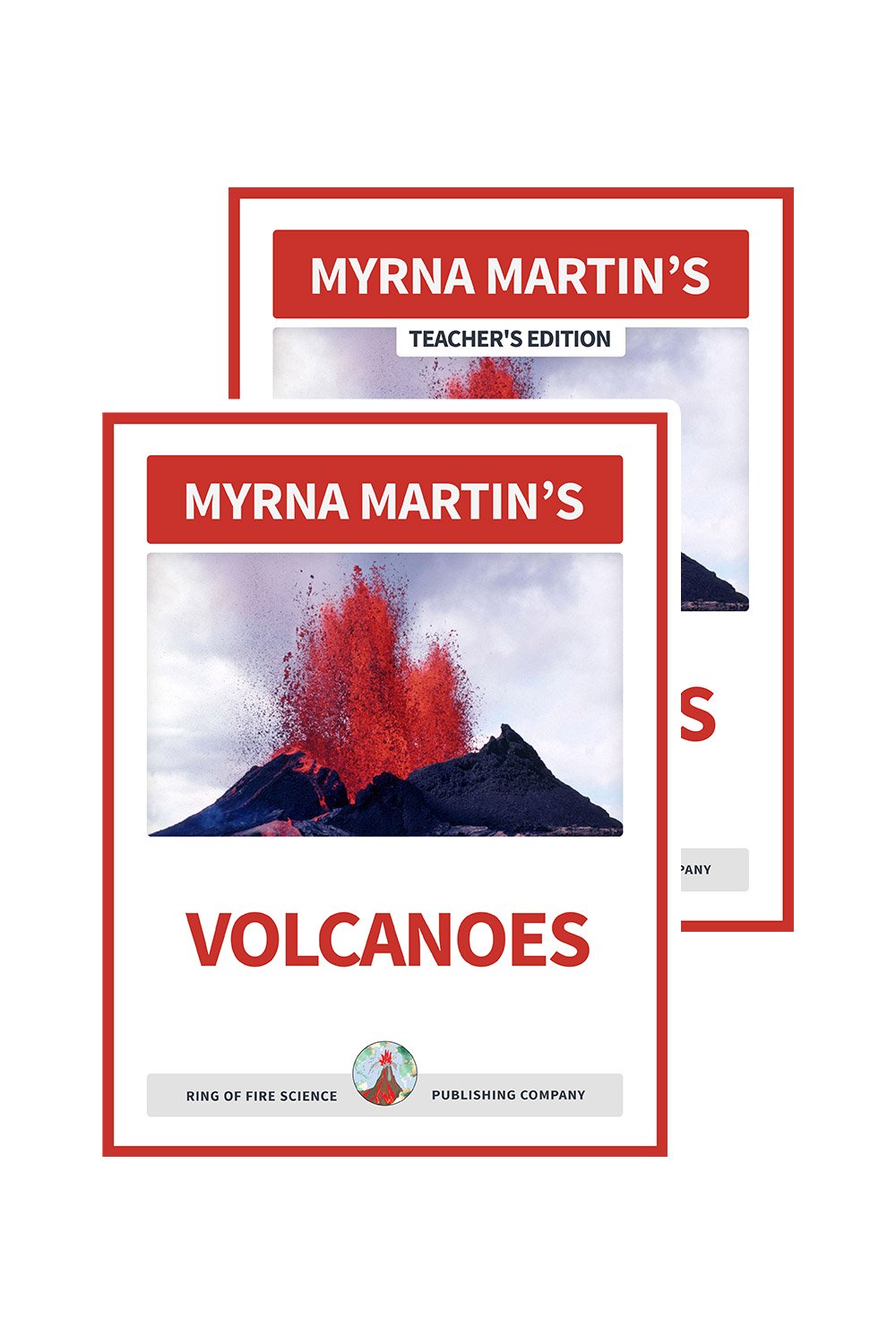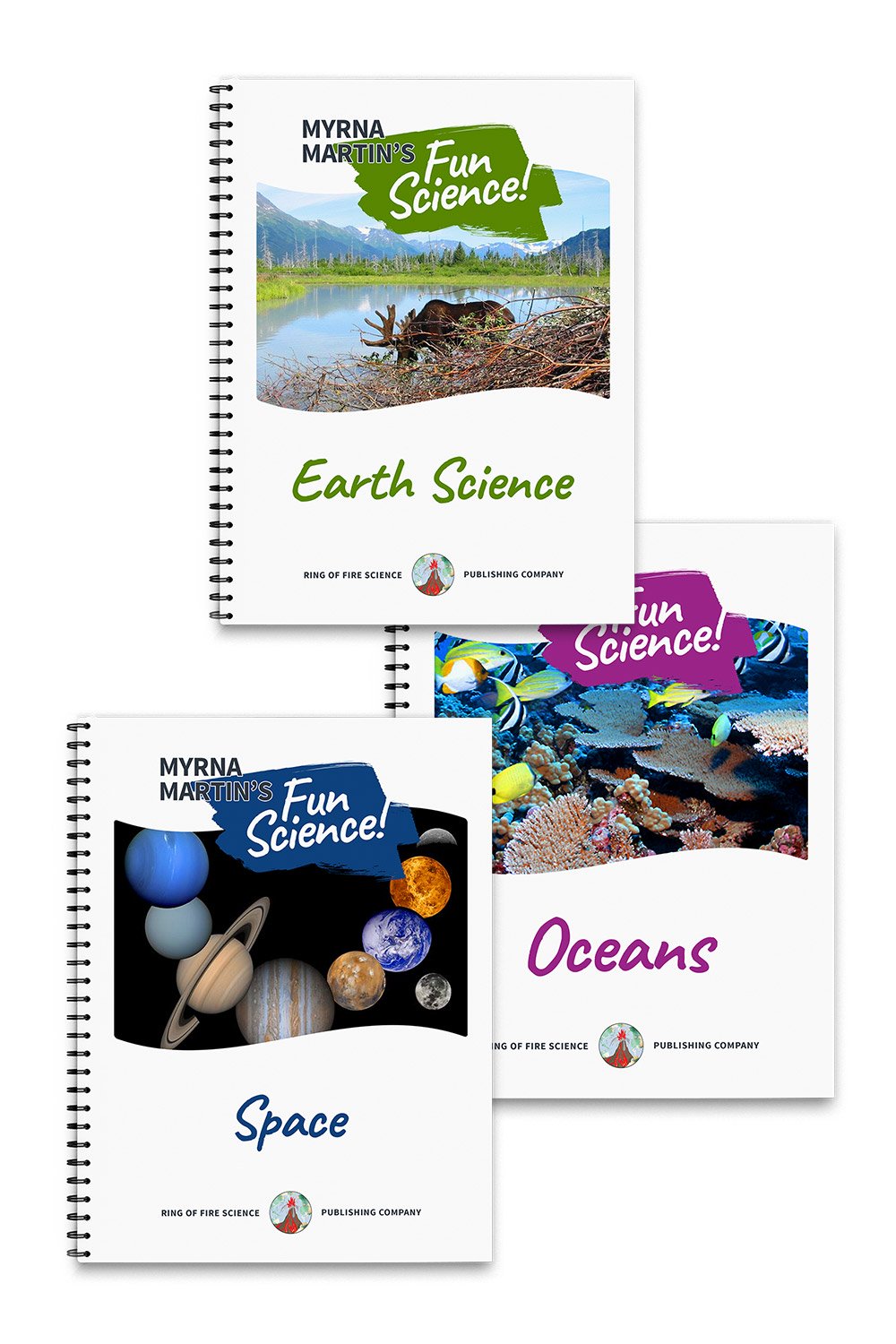Earths Layers
Crust, Mantle & Cores
The Earths layers inside our planet are divided into three major areas. The areas are the lithosphere, mantle and core. Research carried out by seismologists since this original division have further divided the Earths layers based on the type of rock and speed earthquake waves travel through them.
Earthquake waves speed up or slow down depending on the density of rocks. They are also deflected when the rocks change density. P waves travel through solids,liquids and gases. S waves travel only through solids.
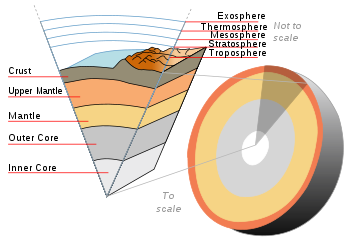
Lithosphere
The lithosphere includes the crust and part of the upper mantle. This layer contains rigid rocks that move around the Earth about the speed our fingernails grow. The crustal plates as they move apart form divergent boundaries. Molten rock from the upper mantle flows out onto the Earth's surface forming new rocks on seafloors at divergent boundaries.
The continental crust in the lithosphere contains a high percentage of quartz and feldspar minerals. They are lighter than the oceanic crust which is made of iron-rich minerals found in basalt.
Mantle
The upper mantle is primarily peridotite. Peridotite is an iron-rich rock that contains a high percentage of olivine. The mantle extends from the lithosphere to the core of the Earth. It is 2,890 kilometers thick and contains 84% of the Earth's volume. It is divided into the upper mantle and lower mantle. Pressure and heat cause the rocks to change in the two parts of the mantle.
At the top of the mantle rocks are part of the lithosphere which contains rigid rocks. At the Moho boundary the rocks change and become more like a plastic. They flow like a liquid but can also break apart causing earthquakes. Divisions in the mantle are based on changes in seismic wave speeds. Little is known about the lower mantle.
Earth's two cores
There are two cores inside the Earth. The average density of the Earth is 5,515 kilograms per cubic meter. The Earth's crust density is 3,000 kilograms per cubic meter. Therefore scientists decided the core must contain iron and other heavy metals that sank to the center as the Earth was forming. Today it is believed that the Earth's core is about 80% iron.
Beno Gutenberg, a German-American geologist discovered the liquid outer core of the Earth. Using information from seismograms he found that s-waves that only travel through solids stopped at 2,900km. Inge Lehmann discovered that solid core when studying earthquake waves traveling through the Earth after large earthquakes.
On August 30, 2011 Professor Hirose, at the Tokyo Institute of Technology recreated the conditions inside the inner core. He found that his observations strongly support the theory that the Earth's inner core is made of giant crystals running from north to south.
More Facts About Earth Links
KIDS FUN SCIENCE BOOKSTORE
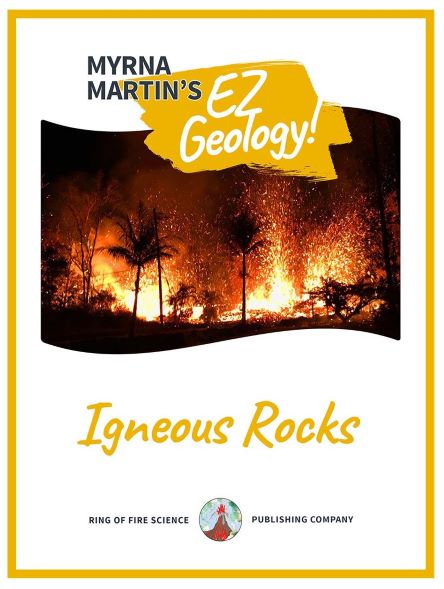 |
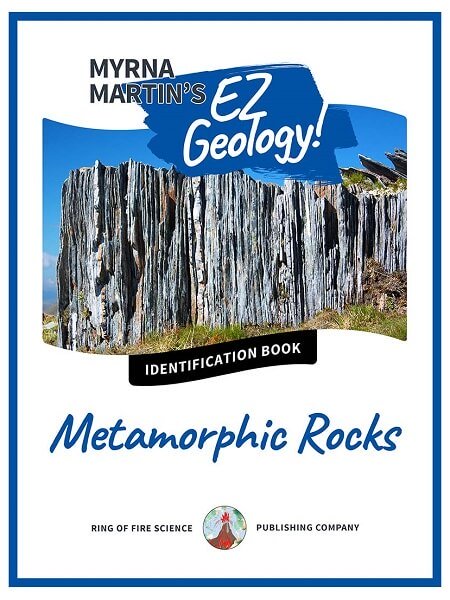 |
Check out Myrna Martin's award winning textbooks, e-books, videos and rock sets. The Kids Fun Science Bookstore covers a wide range of earth science topics. Click here to browse.
Sign up to our monthly newsletter and receive our FREE eBook containing 3 fun activities that don’t appear in any of our other books!
The Kids Fun Science monthly newsletter will include the following: current events, weird and fantastic facts, a question of the month, science trivia and the latest new content from our website.
We respect your privacy and you can be assured that we will never share your email address or use it for any other purpose than to send you our newsletter.



